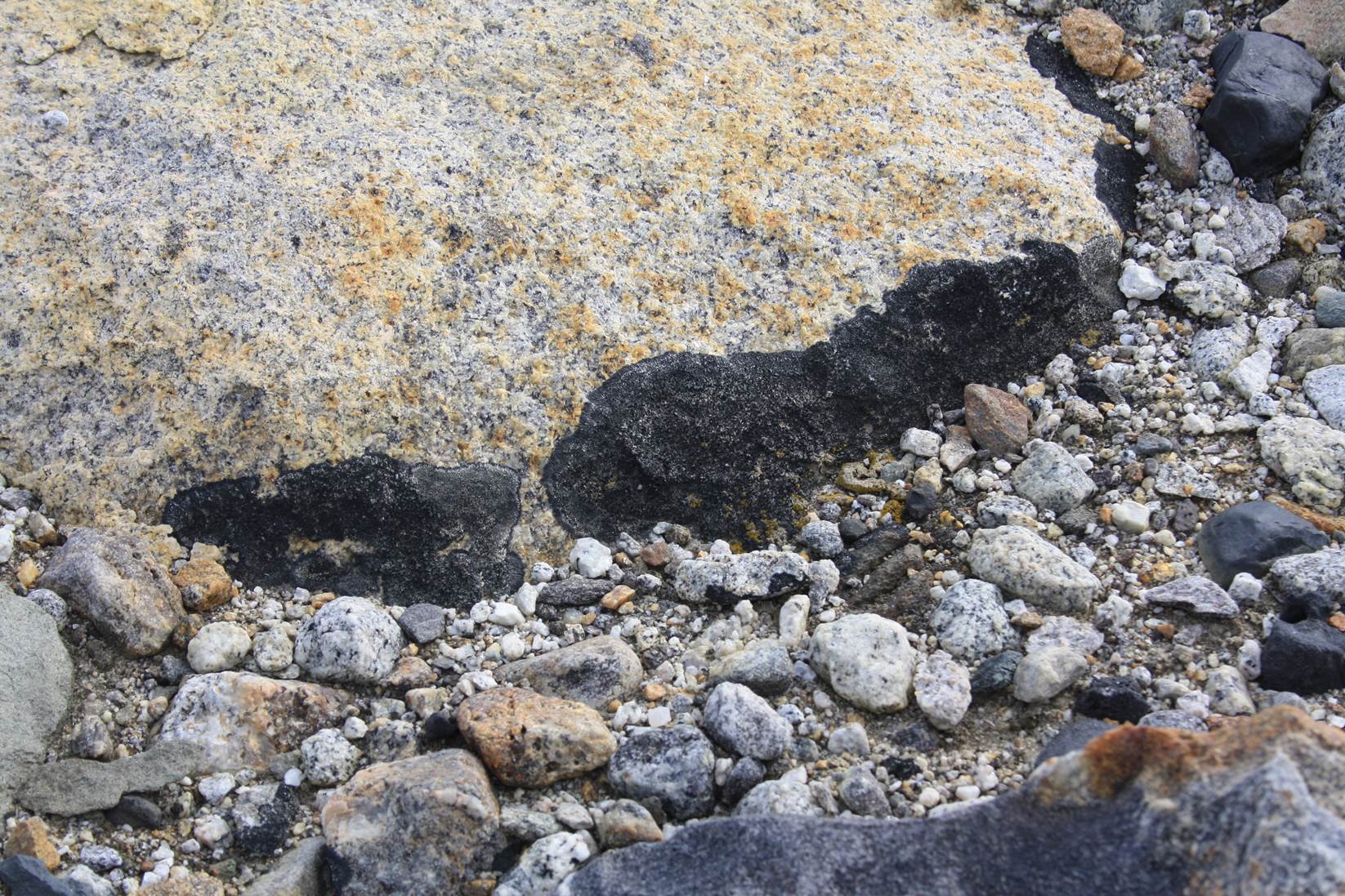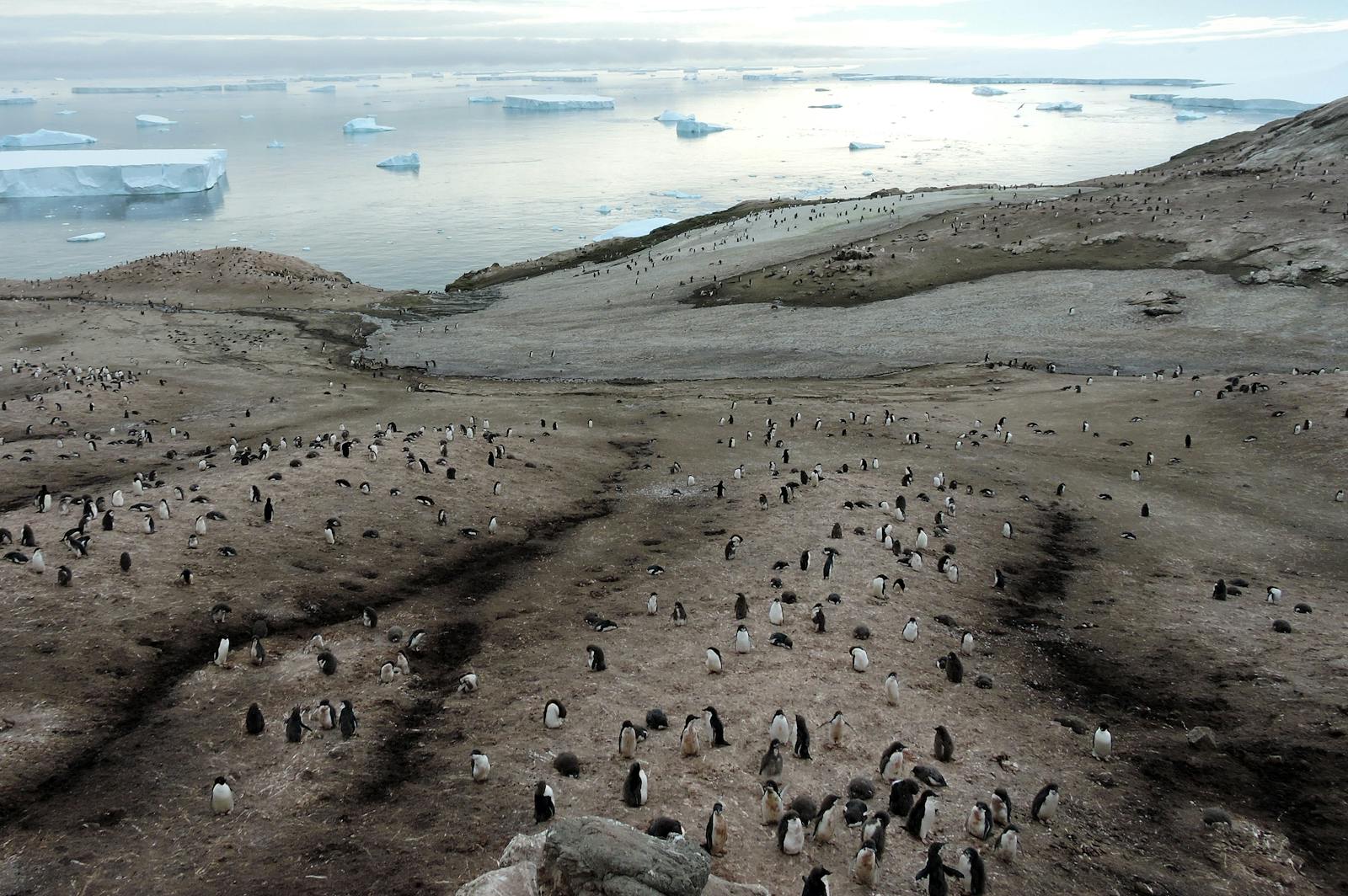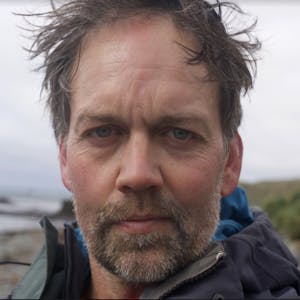Marie Byrd Land Tundra
The ecoregion’s land area is provided in units of 1,000 hectares. The conservation target is the Global Safety Net (GSN1) area for the given ecoregion. The protection level indicates the percentage of the GSN goal that is currently protected on a scale of 0-10. N/A means data is not available at this time.
Bioregion: Continental Antarctica (AN1)
Realm: Antarctica
Ecoregion Size (1000 ha):
N/A
Ecoregion ID:
124
Conservation Target:
N/A
Protection Level:
N/A
States: Antarctica
The Marie Byrd Land tundra ecoregion is one of the most remote and isolated ecoregions on the continent. Consisting of patchily distributed ice-free land across a relatively broad area, it ranges from small offshore island to remote inland nunataks (permanently ice-free mountain tops emerging from the ice or snow). As such it ranges in elevation from sea level to just over 4,000 m in height on Mt. Sidley. The region also includes the area traditionally known as Edward VII land, next to the western edge of the Ross Ice Shelf.
Even though it is extremely remote, a number of expeditions have been undertaken to this region. As such, there is reasonable knowledge of the ecoregion’s biodiversity. Nine moss species and 80 species of lichen are recoded from the region. However, invertebrate records are rare.
One of the most comprehensive surveys was conducted by Broady and colleagues in 1989, who observed that while lichens were the most visually prominent vegetation, free living, non-aquatic algae was also widespread in the ecoregion. They documented six species of moss and 23 species of lichen. One of the lichens, Buellia frigida, is known to be extraordinarily tolerant of extreme conditions and is used as samples in astrobiology experiments simulating space conditions.

The flagship species of the Marie Byrd Land Tundra ecoregion is the Buellia frigida (lichen). Image credit: Creative Commons
Invertebrates recorded from this survey include rotifers and tardigrades, but mites, springtails, and nematodes are absent. There are a number of Adélie penguin colonies in some of the coastal areas of this ecoregion, particularly on the small offshore islands. Six colonies have been identified, with colony size ranging from a couple of hundred breeding pairs on Cruzen Island to over 40,000 breeding pairs on Shephard Island. The total breeding population in this ecoregion is estimated to be just over 50,000 pairs.
There are no permanent national stations5 and no records of tourist visitation in recent times. There are no Antarctic Specially Protected Areas in this ecoregion.
Priority conservation actions for the next decade are to: 1) undertake research to better understand the distribution and abundance of invertebrates and plants; 2) conduct systematic conservation planning with more scientific surveys to quantify the status and trends of seabirds in the region and to better identify vulnerable areas and species that are in need of protection; and 3) ensure a stable and functional Antarctic Treaty system to provide long-term protection of the Antarctic continent.
Citations
- Terauds, A., S. L. Chown, F. Morgan, H. J. Peat, D. J. Watts, H. Keys, P. Convey, and D. M. Bergstrom. (2012) Conservation biogeography of the Antarctic. Diversity and Distributions 18:726-741.
- Terauds, A., and Lee, J. R. (2016) Antarctic biogeography revisited: updating the Antarctic conservation biogeographic regions. Diversity and Distributions 22:836-840.
- Chown, S.L. & Convey, P. (2007) Spatial and temporal variability across life’s hierarchies in the terrestrial Antarctic. Philosophical Transactions of the Royal Society B: Biological Sciences, 362: 2307–2331.



